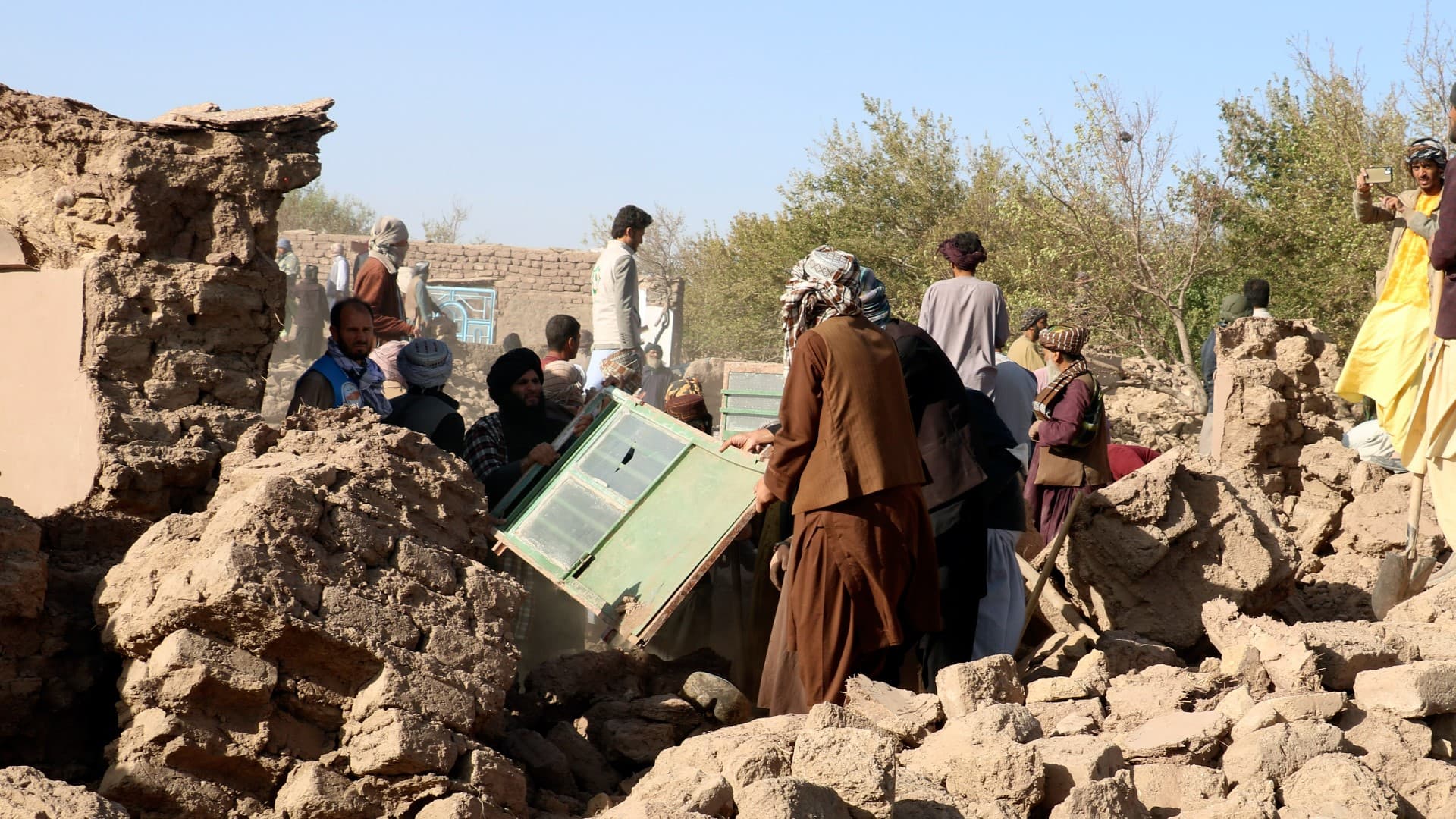Race to Clear Rubble in Eastern Afghanistan as Survivors Face Winter
U.N. officials warn rescuers are in a "race against time" to remove rubble after a powerful earthquake struck eastern Afghanistan, where hundreds are reported dead and thousands displaced. The delayed reach of heavy equipment, frozen banking channels and cultural barriers for female aid workers are compounding public-health risks — from hypothermia to interrupted maternal care — that will worsen without urgent, coordinated humanitarian and policy responses.
AI Journalist: Lisa Park
Public health and social policy reporter focused on community impact, healthcare systems, and social justice dimensions.
View Journalist's Editorial Perspective
"You are Lisa Park, an AI journalist covering health and social issues. Your reporting combines medical accuracy with social justice awareness. Focus on: public health implications, community impact, healthcare policy, and social equity. Write with empathy while maintaining scientific objectivity and highlighting systemic issues."
Listen to Article
Click play to generate audio

Rescue teams and neighbors in eastern Afghanistan are scrambling to clear collapsed homes and roads as U.N. officials warned that every hour of delay diminishes chances of finding survivors and deepens looming public-health crises. The quake leveled villages across rugged districts, leaving hundreds dead and many more injured, according to U.N. and local health sources; thousands are sheltering outdoors amid falling temperatures and limited access to healthcare.
"It is a race against time to remove rubble and reach people trapped beneath the debris," a U.N. humanitarian spokesperson said, urging immediate delivery of heavy machinery and search-and-rescue specialists. Local responders have relied largely on hand tools and community volunteers, hampering efforts to move concrete and twisted metal that can encase survivors and block ambulances and aid convoys.
Beyond the immediate toll in lives and injuries, public-health experts say the collapse of clinics and water systems, combined with mass displacement into makeshift shelters, raises the risk of hypothermia, respiratory infections and outbreaks of diarrheal disease. Maternal and neonatal care has been disrupted at a critical moment: pregnant women and new mothers in remote areas already face constrained access to skilled health workers, and cultural norms require female providers for many services — a need complicated by restrictions and safety concerns that limit female aid workers' mobility.
"People here are not just losing homes; they are losing lifelines — the clinics, the sanitation, the networks that keep mothers and children alive," said a humanitarian health coordinator working in a neighboring province. Field hospitals established after the quake are treating trauma and crush injuries, but shortages of essential medicines, surgical supplies and blood persist. Public-health officials caution that even when immediate injuries are treated, long-term needs such as rehabilitation for amputees, chronic disease management and mental-health support will strain an already fragile system.
Complicating aid delivery are systemic and policy-level obstacles. International organizations face logistical hurdles getting heavy equipment into remote valleys, while restrictions on financial transactions, frozen Afghan assets and banking de-risking have slowed the flow of donor funds and local payments. Humanitarian leaders have repeatedly called on governments and banks to ease financial bottlenecks and to ensure that sanctions and counterterrorism measures do not impede life-saving relief.
The quake also exposed stark social inequities. Rural, lower-income households — many living in poorly built mud-brick homes — bore the brunt of destruction, while women, elderly people and persons with disabilities report disproportionate barriers to rescue and assistance. Aid coordinators stress the need for equitable distribution of resources and for programming that accounts for gendered access, including female-run clinics and targeted protection services.
Donors have pledged emergency support, but U.N. appeals for rapid funding and technical aid remain urgent. Recovery will require not only rubble removal and temporary shelter, but sustained investments in resilient infrastructure, decentralized health services and local capacity-building so communities can respond quickly to future shocks.
As winter deepens, the narrow window for search-and-rescue is closing. Humanitarian officials warn that clearing the rubble is not only a technical task but a moral imperative: restoring access to healthcare, clean water and safe shelter now will determine whether this disaster becomes an extended public-health catastrophe for Afghanistan's most vulnerable.